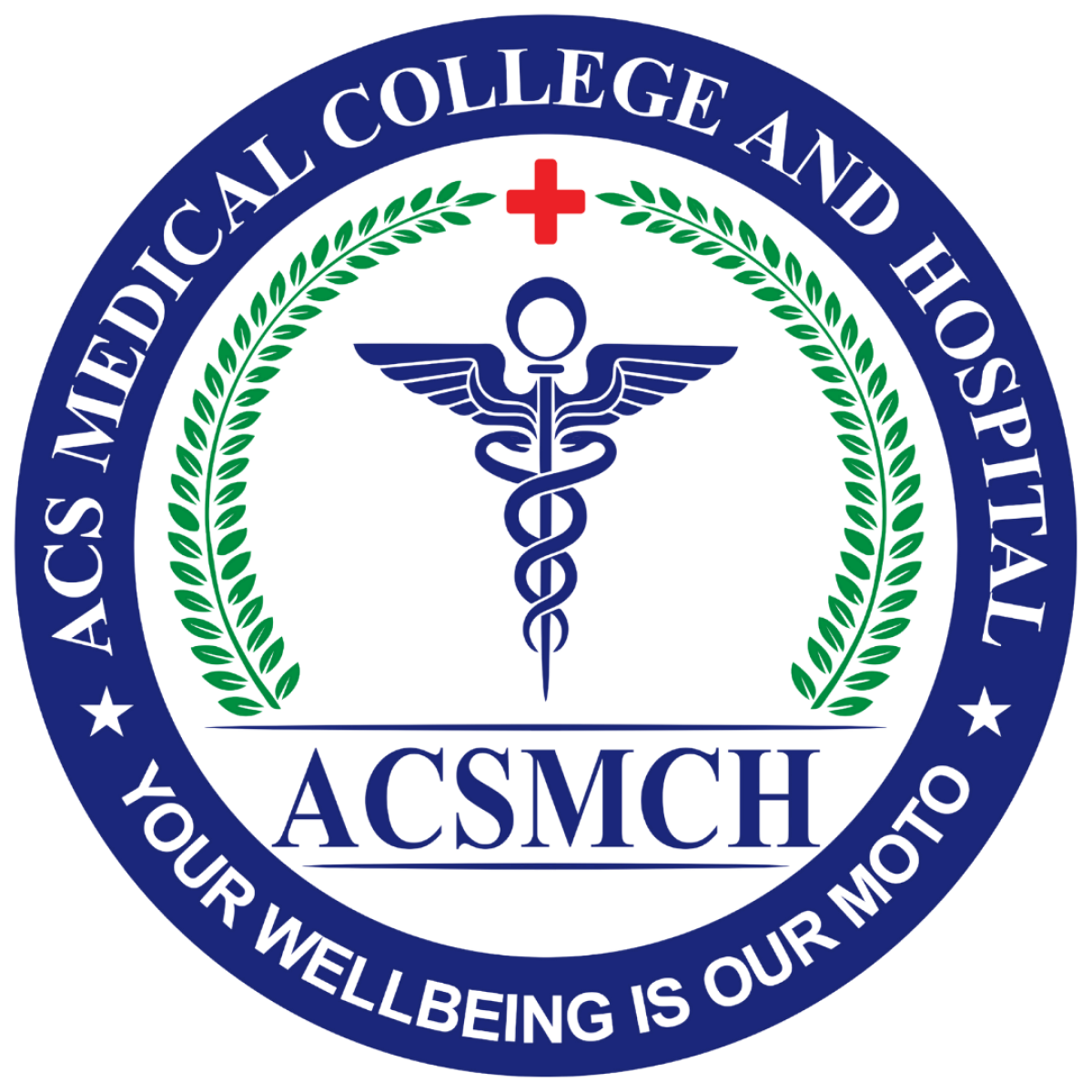The role of handwashing in infection prevention is paramount. Here’s why:
- Removal of Pathogens: Handwashing with soap and water physically removes and washes away harmful microorganisms such as bacteria and viruses from the hands, reducing the risk of transmission.
- Breaks the Chain of Infection: Effective handwashing disrupts the chain of infection by preventing pathogens from transferring from contaminated hands to mucous membranes (mouth, nose, eyes) or other surfaces.
- Prevents Cross-Contamination: Handwashing prevents the transfer of germs from one person to another or from contaminated surfaces to hands, reducing the risk of infection in communal settings.
- Reduces Foodborne Illness: In food handling and preparation, proper handwashing prevents the contamination of food, which is a common source of foodborne diseases.
- Critical in Healthcare: Hand hygiene is fundamental in healthcare settings to protect both patients and healthcare workers from healthcare-associated infections.
- Prevents Respiratory Illnesses: Handwashing can significantly reduce the transmission of respiratory infections like the common cold and flu, as these often spread through hand-to-face contact.
- Pandemic Preparedness: In the context of pandemics like COVID-19, handwashing is a crucial measure to prevent the spread of the virus, particularly in the absence of vaccines or treatments.
- Antibiotic Resistance: Regular handwashing reduces the need for antibiotics, contributing to the fight against antibiotic resistance by preventing the spread of drug-resistant bacteria.
- Community Health: Promoting handwashing in communities, especially among vulnerable populations, helps safeguard public health and well-being.
- Simple and Cost-Effective: Handwashing is a simple and cost-effective measure that can be practiced by individuals and communities, making it a practical tool for infection prevention worldwide.
In summary, handwashing is a foundational practice in infection prevention, whether in daily life, healthcare settings, or pandemic response. It is a critical step in reducing the transmission of infectious agents and protecting public health.

